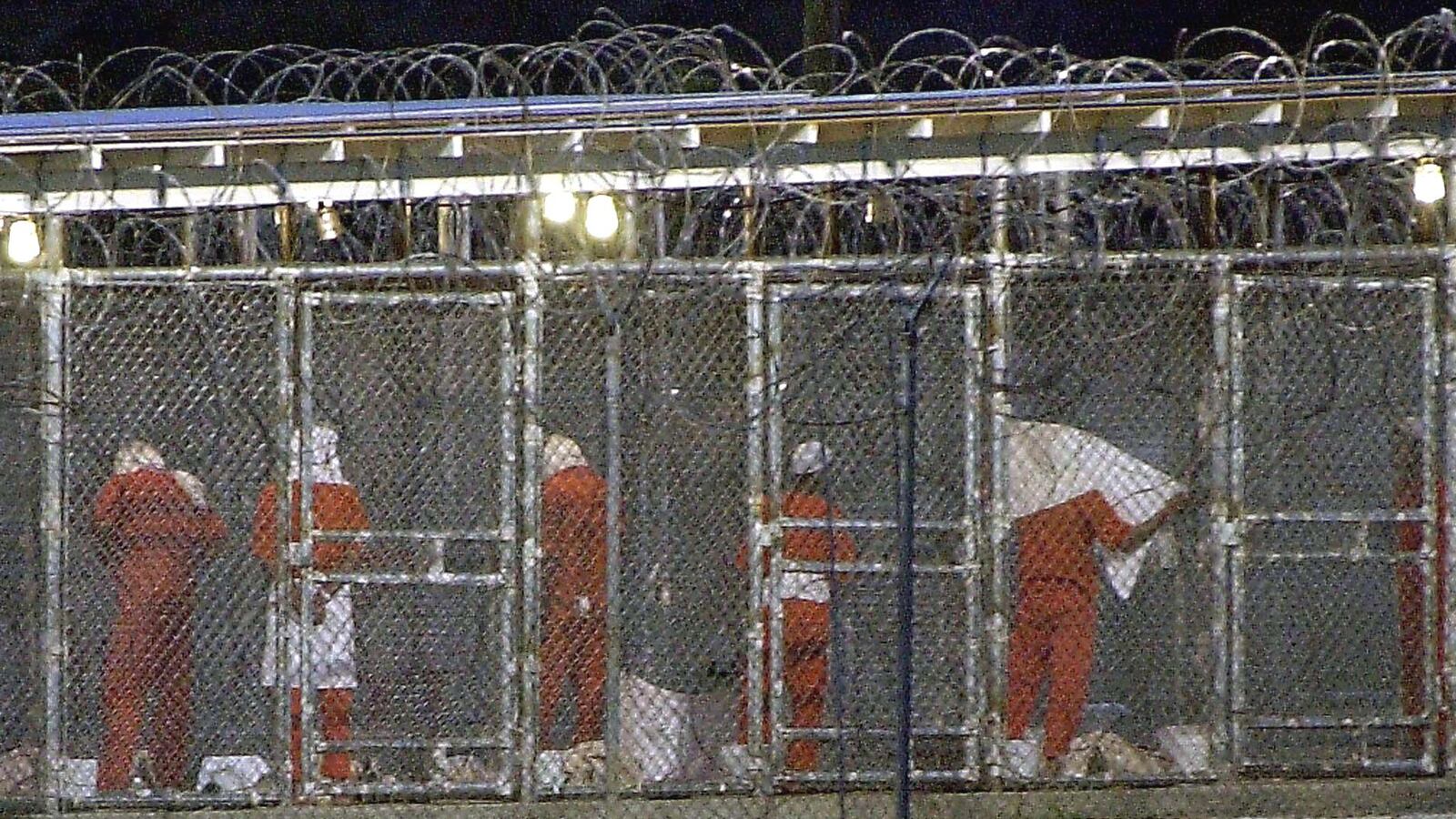
The United Nations has condemned the force-feeding of hunger-striking prisoners at Guantánamo Bay. The Daily Beast takes a look back at major hunger strikes as a form of social protest.
Force-feeding striking Guantánamo prisoners through a nasal tube is torture, a United Nations official declared Wednesday. “If it is perceived as torture or inhuman treatment—and it’s the case, it’s painful—then it is prohibited by international law,” Rupert Coville, a spokesman for the U.N. high commissioner for human rights, said of the U.S. military’s forceful tactic of keeping hunger-striking terror suspects alive. Colville’s statement echoes the view of the American Medical Association, whose president wrote, in a letter to Secretary of Defense Chuck Hagel earlier this week, that “every competent patient has the right to refuse medical intervention, including life-sustaining interventions.”
As the Obama administration deliberates how best to handle the strike—and the ethics of Guantánamo in general—the plight of 100 hunger-striking prisoners raises the question of whether starving oneself to the point of illness or even death is an effective or worthwhile form of protest. The Daily Beast takes a look at the political history of hunger strikes.

Perhaps history’s best-known hunger striker, Mahatma Gandhi refused sustenance several times as a means of civil disobedience in an effort to obtain Indian independence from British rule.

Force-feeding is meant to keep striking prisoners alive. But in 1917, Irish independence fighter Thomas Ashe died after being force-fed while protesting his imprisonment for sedition.
Getty
Ten Irish prisoners starved to death in Northern Ireland’s Maze prison during a yearlong hunger strike in 1981. The prisoners were demanding recognition as political prisoners, not criminals. But even after one year and 10 deaths, the British government did not accede to their demands. The first Irish nationalist to die at Maze prison in the 1981 strike was Bobby Sands, who was elected to Parliament during the hunger strike. Here, the coffin containing Sands’s body is carried through a mass of spectators on May 7, 1981, en route to Belfast’s Milltown cemetery for burial.
Peter Kemp/AP
Mexican electrical worker Cayetano Cabrera starved himself into critical condition during the summer of 2010 before President Felipe Calderón agreed to engage in negotiations with the Mexican Union of Electricians.
Eduardo Verdugo/AP
In 2012 jailed human-rights lawyer Nasrin Sotoudeh refused to eat for 49 days until Iranian authorities gave in to her demand to lift a travel ban on her 12-year-old daughter. Sotoudeh’s successful strike was hailed by human-rights activists worldwide.
Arash Ashourinia/AFP/Getty
In one of the most extreme commitments to hunger striking, 10 Bolivian prostitutes sewed their lips together with thread to protest a local official’s decision to close the city of El Alto’s bars and brothels in response to complaints from residents about crime and underage drinking.





